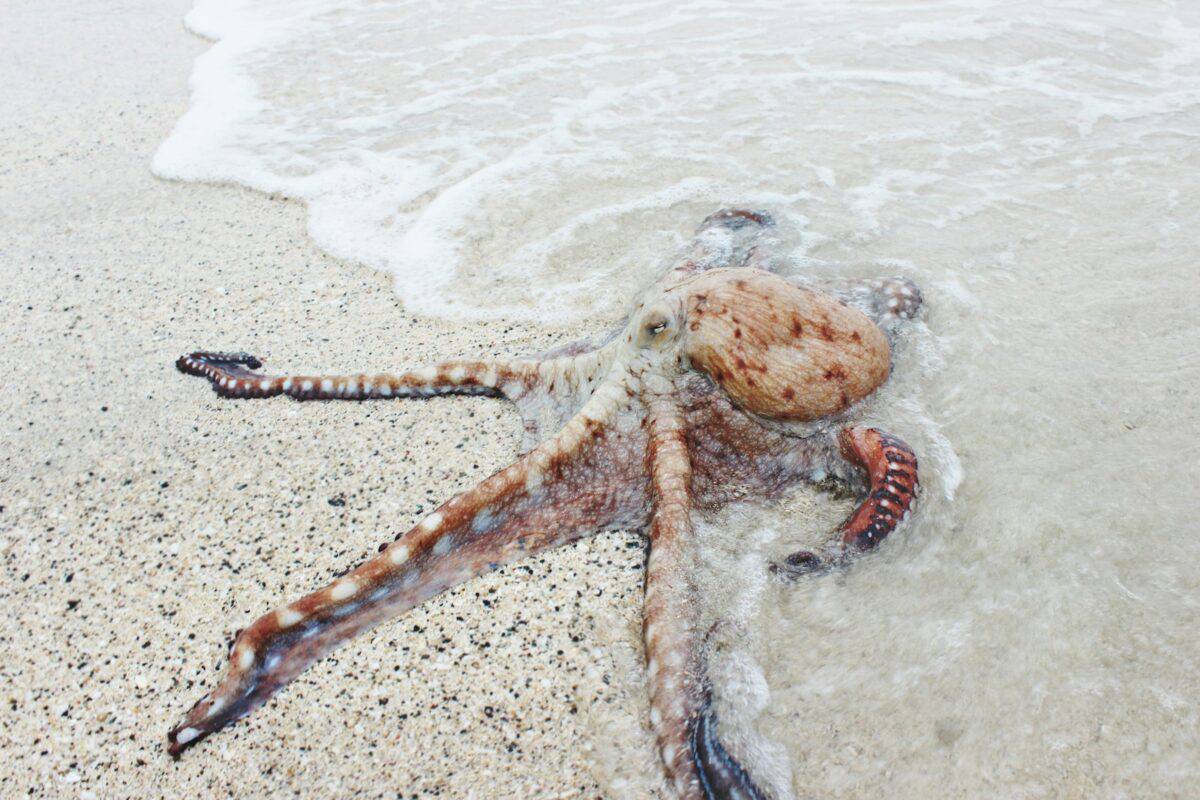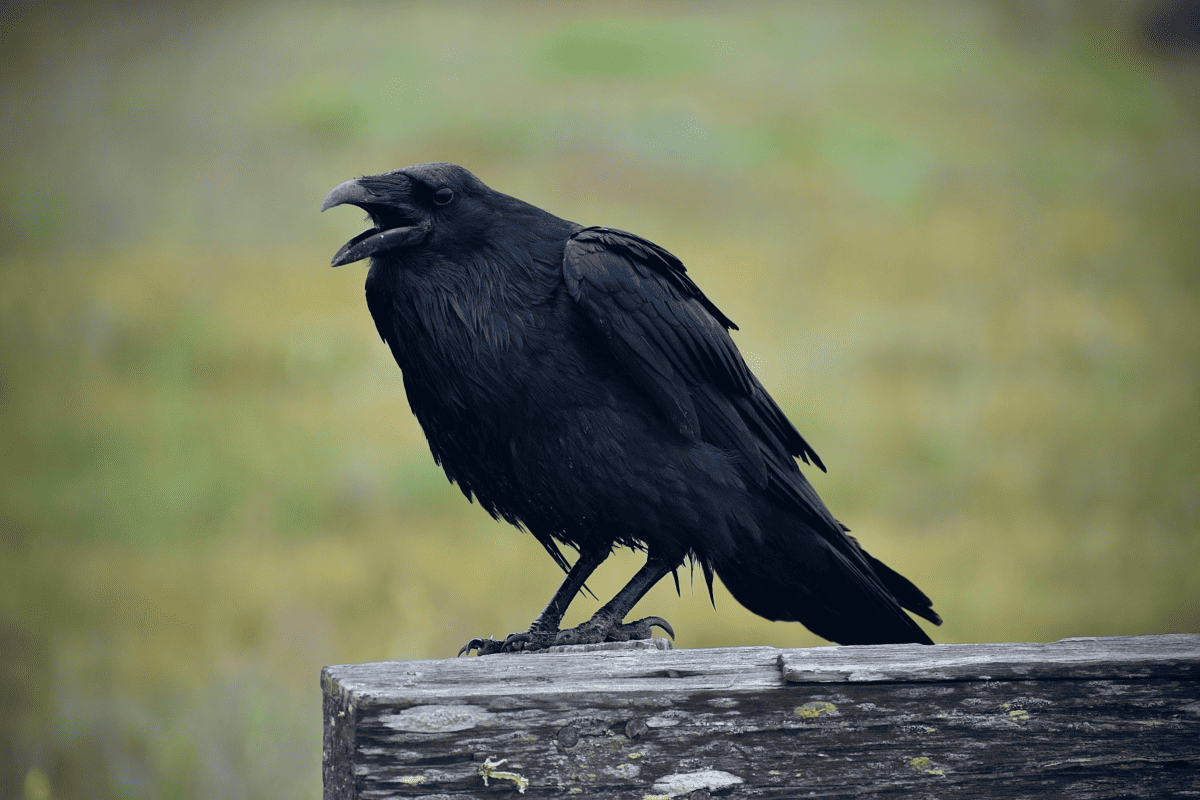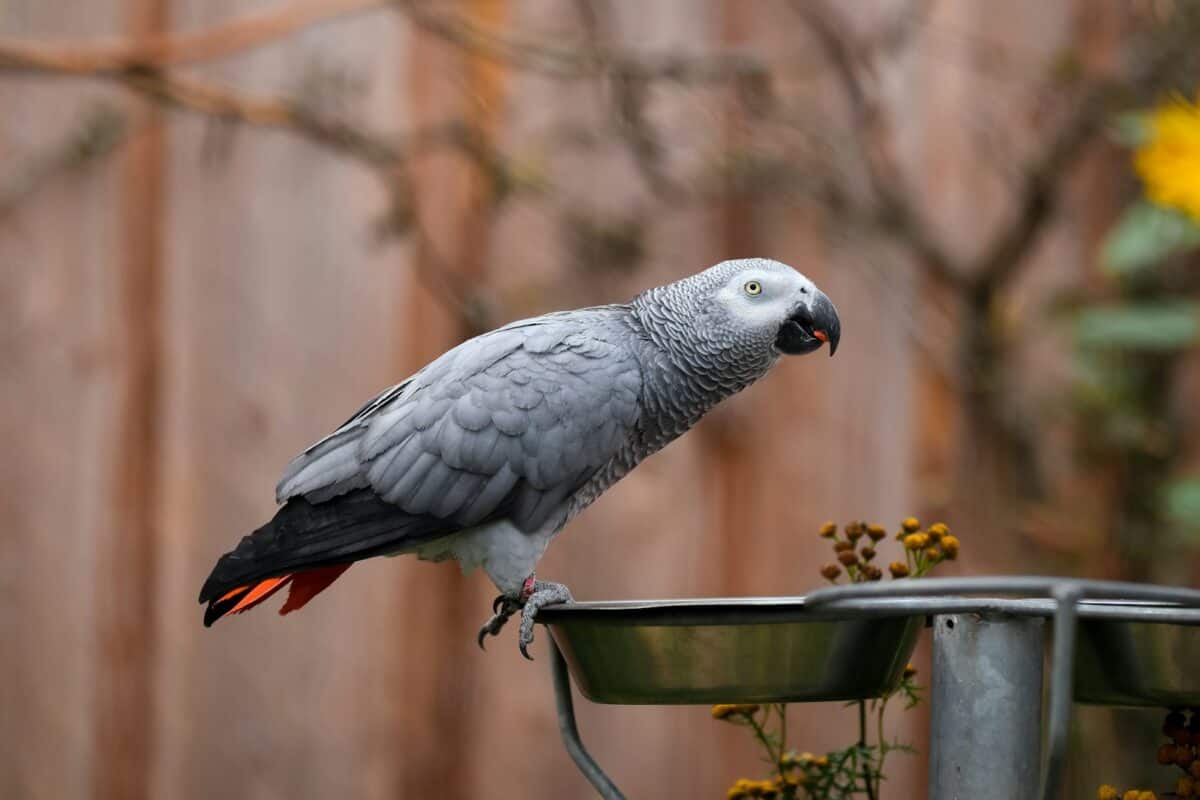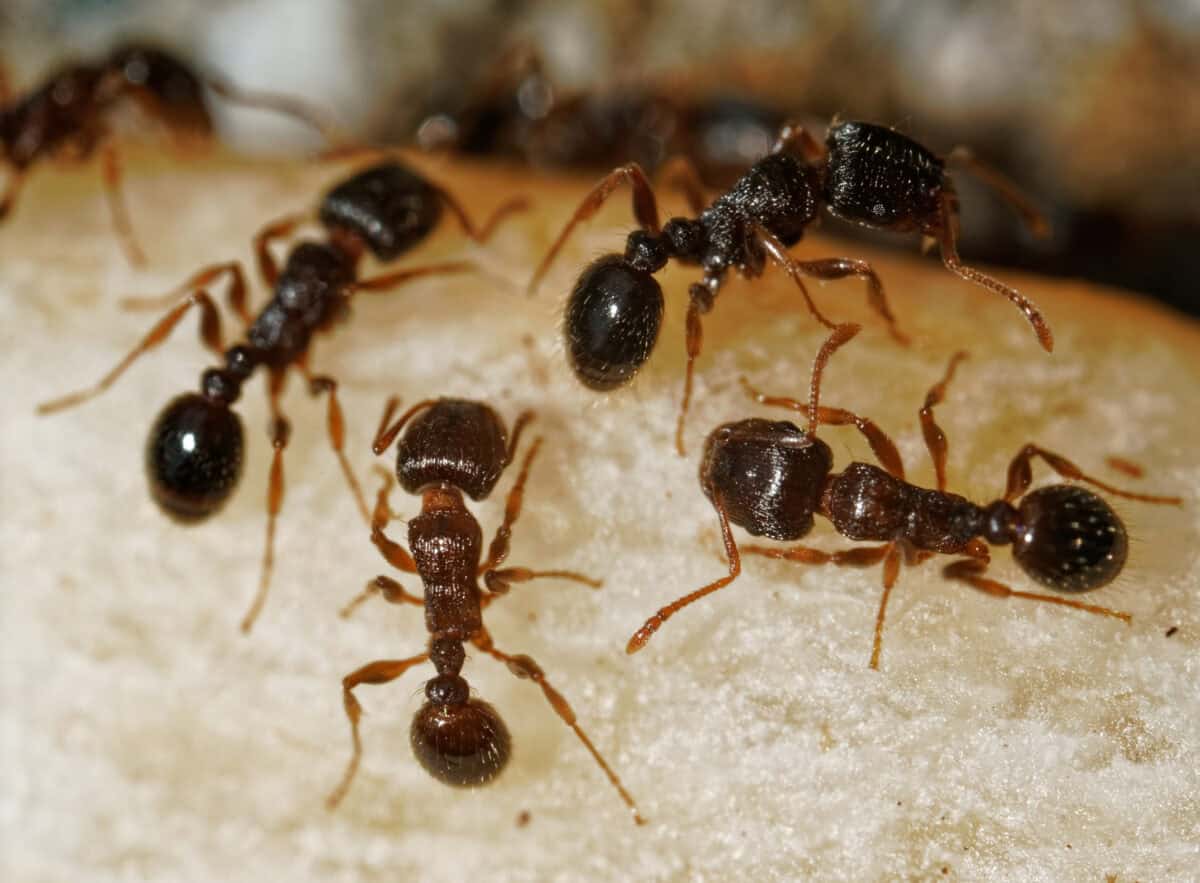Intelligence in the animal kingdom extends far beyond what we traditionally believed. For decades, scientists focused primarily on primates when studying animal cognition, but recent research has revealed extraordinary cognitive abilities in species across diverse branches of the evolutionary tree. From problem-solving corvids to tool-using octopuses, the animal world is filled with minds that process information, plan, and even demonstrate self-awareness in ways that challenge our understanding of intelligence. This article explores twelve wild species whose cognitive abilities have surprised and impressed researchers, forcing us to reconsider what it means to be intelligent in the natural world.
12. Octopuses The Problem-Solving Cephalopods

Octopuses stand as perhaps the most alien intelligence on our planet. With a nervous system fundamentally different from vertebrates—two-thirds of their neurons reside in their arms rather than a centralized brain—these cephalopods demonstrate remarkable cognitive flexibility. Studies have documented octopuses solving complex puzzles, opening childproof pill bottles, navigating mazes, and even using tools. The common octopus (Octopus vulgaris) has been observed collecting coconut shell halves to create portable shelters—clear evidence of tool use and future planning. In laboratory settings, octopuses recognize individual human keepers, sometimes squirting water at those they dislike while behaving differently with preferred caretakers. Perhaps most impressively, they can learn solutions to problems through observation alone, a capacity once thought exclusive to mammals and some birds. These abilities are particularly striking given that octopuses live only 1-2 years and have no cultural knowledge transfer between generations.
11. Ravens Nature’s Strategists

Ravens (Corvus corax) possess cognitive abilities that rival those of chimpanzees and dolphins, despite their relatively small brain size. These birds demonstrate foresight and planning uncommon in non-human animals. In laboratory tests, ravens have solved multi-step puzzles, manufactured and used tools, and demonstrated an understanding of physics principles when manipulating objects. What truly distinguishes ravens is their complex social intelligence—they form alliances, engage in tactical deception, and appear to hold grudges, remembering individuals who have wronged them for years. Researchers at Lund University discovered that ravens can plan for future events, setting aside tools they anticipate needing later, even when there’s no immediate reward. This ability to plan for the future was previously thought to exist only in humans and great apes. Ravens also excel at social learning, passing knowledge through generations in what some researchers describe as rudimentary cultural transmission.
10. Elephants The Self-Aware Giants

Elephants possess some of the most complex brains in the animal kingdom, with three times as many neurons as humans. Their cognitive abilities include self-awareness—demonstrated through mirror recognition tests—empathy, cooperation, and sophisticated communication. Studies have revealed that elephants recognize dozens of distinct vocal calls and can identify specific human languages, distinguishing between those that might pose threats and those that don’t. They maintain complex social networks and exhibit what appears to be grief behavior, revisiting the remains of deceased herd members and gently touching the bones with their trunks. Perhaps most remarkably, elephants demonstrate exceptional spatial memory, recalling migration routes and water sources across vast distances and over many years. Research by Dr. Karen McComb has shown that older female elephants serve as “knowledge repositories” for their herds, remembering solutions to environmental challenges faced decades earlier, such as navigating to distant water sources during severe droughts.
9. Dolphins Marine Intellects with Names

Bottlenose dolphins (Tursiops truncatus) possess cognitive abilities that have continually surprised researchers. These marine mammals have demonstrated self-recognition in mirrors, comprehension of symbolic language, and sophisticated hunting strategies that require coordination and role specialization. Perhaps their most remarkable cognitive trait is their use of signature whistles—unique acoustic patterns that function essentially as names. Each dolphin develops its own signature whistle within its first year of life and uses it throughout its lifetime. Other dolphins learn and use these whistles to refer to specific individuals, even in their absence—a system bearing striking similarities to human naming. Research led by Dr. Vincent Janik demonstrated that dolphins recognize and respond to recordings of their signature whistles even after the vocal patterns have been extracted and digitally modified to remove individual voice characteristics, suggesting they recognize the pattern itself as an identifier. Additionally, dolphins exhibit cultural learning, with different populations developing and passing down unique feeding techniques adapted to their specific environments.
8. Pigs Underestimated Farm Intellectuals

Domestic pigs (Sus scrofa domesticus) possess cognitive abilities that challenge our perception of farm animals. Studies have shown that pigs outperform dogs and even some primates on certain cognitive tests. They can understand simple symbolic language, learn complex commands, solve multi-step puzzles, and use mirrors to locate objects. Research at the University of Pennsylvania demonstrated that pigs can play simple video games using a joystick operated with their snouts, showing their ability to understand the connection between their actions and effects on a screen. Wild boars—the ancestors of domestic pigs—display equally impressive abilities, including tool use to test soil depth when digging and sophisticated cooperation during foraging. Most surprisingly, pigs demonstrate a concept of time, anticipating future events and adjusting their behavior accordingly. They can also remember specific individuals and experiences for years, recognizing past companions even after long separations. These capabilities suggest that porcine intelligence has been significantly underestimated due to their primarily agricultural context.
7. Crows The Feathered Masterminds

Crows, particularly New Caledonian crows (Corvus moneduloides), possess remarkable problem-solving abilities that rival those of 7-year-old humans in some contexts. These birds manufacture sophisticated tools from raw materials, shaping twigs and leaves into hooks and serrated edges for extracting insects from crevices. In laboratory settings, they have solved eight-step puzzles and demonstrated an understanding of cause and effect, water displacement principles, and even basic physics. Research at the University of Auckland revealed that New Caledonian crows can create tools from materials they’ve never encountered in the wild, suggesting genuine innovation rather than instinctive behavior. Perhaps most impressively, crows demonstrate cultural transmission of knowledge—different populations have developed unique tool designs that are passed down through generations. They also recognize and remember human faces for years, distinguishing between those who have threatened them and those who have provided food. Recent studies have even shown that American crows hold “funerals” when they encounter dead crows, gathering around the body and changing their behavior in ways that may help them learn about potential dangers.
6. Raccoons Urban Adaptability Geniuses

Raccoons (Procyon lotor) possess cognitive abilities that have made them exceptionally successful urban adapters. Their problem-solving skills are among the most sophisticated in the mammal world, with a particular talent for manipulating complex fastenings and remembering solutions for up to three years. In the 1900s, ethologist H.B. Davis conducted the “lock box” experiments, where raccoons were presented with a series of increasingly complicated mechanisms that required specific sequences to open. The raccoons mastered challenges that would baffle many primates. Modern research has confirmed their extraordinary manual dexterity combined with high intelligence; they can open complex locks and child-proof containers within minutes. Raccoons also demonstrate what ethologists call “behavioral plasticity”—the ability to rapidly develop novel solutions to new challenges. Urban raccoons have learned to recognize garbage collection schedules, wash food items before eating, and even use multi-step strategies to defeat “raccoon-proof” measures on trash cans. Their brain-to-body size ratio rivals that of primates, and they possess excellent short and long-term memory that helps them navigate complex urban environments and remember successful foraging locations for years.
5. Bees Collective Intelligence in Miniature

While individual bees possess relatively simple nervous systems, their collective intelligence showcases cognitive abilities previously thought impossible for insects. Honeybees (Apis mellifera) can understand abstract concepts like “sameness” and “difference,” count to at least four, and solve simple mathematical problems. Research at Queen Mary University of London demonstrated that bees could be trained to pull strings to access food rewards—a complex manipulation task requiring insight—and other bees learning this behavior through observation alone. Honeybees use sophisticated communication systems, most famously the “waggle dance” that conveys precise information about food sources, including distance, direction, and quality. Recent studies have revealed they also display metacognition—an awareness of what they do and don’t know—by opting out of difficult discrimination tasks when their certainty is low. Perhaps most remarkably, bee colonies make collective decisions through democratic processes when selecting new nest sites, with scout bees “voting” for locations and engaging in a form of deliberation until consensus emerges. This distributed decision-making often produces optimal outcomes that would be impressive even for human groups.
4. Parrots Vocal Learning Virtuosos

Parrots, particularly African grey parrots (Psittacus erithacus), possess cognitive abilities that have revolutionized our understanding of avian intelligence. Beyond merely mimicking speech, studies with renowned African grey Alex, conducted by Dr. Irene Pepperberg, demonstrated understanding of numerical concepts, colors, shapes, and even abstract ideas like “same” and “different.” Alex had a vocabulary of over 100 words that he used contextually, could identify materials by name, and could correctly answer questions about objects’ properties, even when introduced to entirely new items. African grey parrots have also demonstrated reasoning abilities comparable to 3-4 year old children in some contexts. Kea parrots (Nestor notabilis) of New Zealand display extraordinary problem-solving capabilities, successfully manipulating complex mechanical puzzles and even understanding statistical probability in laboratory experiments. What makes parrot intelligence particularly notable is that their brains are structured entirely differently from mammalian brains, with a neural architecture that evolved independently. This demonstrates that advanced cognition has emerged through convergent evolution, developing through different neurological pathways to produce similar capabilities.
3. Ants Tiny Bodies, Massive Collective Intelligence

Individually, ants possess neural structures containing a mere 250,000 neurons—minuscule compared to human brains with 86 billion. Yet collectively, ant colonies display problem-solving capabilities that rival sophisticated algorithms. Army ants construct living bridges with their bodies, mathematically finding the optimal position to minimize travel distance while using the fewest individuals. Leafcutter ants practice agriculture, cultivating specific fungi through complex multi-step processes that include pest management and climate control within their nests. Fire ants can assemble into rafts and towers, creating structures with properties similar to both solids and liquids, adapting to environmental forces in real-time. Research at the University of Bristol has shown that argentine ants (Linepithema humile) can solve the complex “traveling salesman problem”—finding the shortest possible route between multiple points—faster than many computer algorithms. When harvester ant colonies face food scarcity, they implement risk management strategies, sending out precisely calibrated numbers of foragers based on previous success rates—a behavior mathematically similar to the “Thompson sampling” algorithm used in artificial intelligence. While no individual ant comprehends these solutions, the colony as a collective entity processes information and solves problems with remarkable efficiency.
2. Squirrels Memory Masters of the Forest

Eastern gray squirrels (Sciurus carolinensis) possess cognitive abilities that have long been underestimated. These small mammals display an extraordinary capacity for spatial memory, recalling the locations of thousands of buried food caches across their territory. Research at the University of California, Berkeley, revealed that squirrels organize their hidden stores using a sophisticated cognitive map, remembering not just locations but also the types of food hidden, their relative quality, and perishability. This memory system helps them prioritize which caches to retrieve first as winter progresses. Even more impressively, squirrels employ tactical deception, creating elaborate fake caches when they sense they’re being watched by potential thieves. They’ll go through all the motions of burying a nut while actually keeping it in their mouth, only to truly cache it elsewhere when no longer observed. Studies have also demonstrated their ability to solve complex mechanical puzzles with multiple steps to obtain food rewards. Squirrels remember successful solutions for years and can adapt these techniques to novel variations of the same problem. They also demonstrate social learning, adopting successful strategies after observing other squirrels, showing a flexibility of cognition that allows rapid adaptation to changing environments.
1. Spotted Hyenas Misunderstood Social Strategists

Spotted hyenas (Crocuta crocuta) have suffered from a poor reputation, often portrayed as unintelligent scavengers. However, research has revealed they possess cognitive abilities that rival or exceed those of great apes in several domains. Hyenas live in complex social groups called clans, with intricate hierarchical structures that can include up to 130 individuals. Studies by Michigan State University’s Hyena Research Center have demonstrated that hyenas can track social relationships not just within their own clan but across multiple clans, remembering hundreds of individuals and their relationships. In problem-solving tests, spotted hyenas outperformed chimpanzees when faced with cooperative tasks requiring coordination between two individuals to obtain food. They also excel at identifying statistical patterns and can solve complex mechanical puzzles, including multi-step locking mechanisms. Unlike many social mammals, hyenas don’t rely on genetic relatedness for cooperation; instead, they form strategic alliances based on social rank and past interactions, requiring sophisticated social cognition. Their ability to adapt hunting strategies based on prey type, group size, and environmental conditions demonstrates flexible intelligence. Remarkably, hyena cubs learn complex social rules primarily through observation rather than direct instruction, showing advanced capabilities for social learning.
Conclusion: Redefining Intelligence in the Wild

The cognitive abilities demonstrated by these twelve species challenge our traditional notions of intelligence and force us to reconsider how we define and measure mental capabilities across the animal kingdom. What becomes clear is that intelligence has evolved along multiple independent pathways, adapted to the specific environmental and social challenges each species faces. The octopus’s problem-solving differs fundamentally from the elephant’s social awareness or the ant colony’s collective computation, yet each represents a sophisticated response to evolutionary pressures. As our research methods become more sophisticated and less anthropocentric, we continue to discover new forms of intelligence in unexpected places. This expanding understanding of animal cognition raises important ethical considerations about how we interact with, manage, and conserve these remarkable species. Perhaps most importantly, these discoveries remind us that human intelligence, while unique in many ways, exists along a spectrum of cognitive adaptations that have emerged throughout the animal kingdom rather than standing apart from it.
- 12 Wild Species That Are Smarter Than We Ever Thought - August 9, 2025
- Top 10 Coral Reef Animals - August 9, 2025
- 15 Animals and Wildlife that Start with M - August 9, 2025

